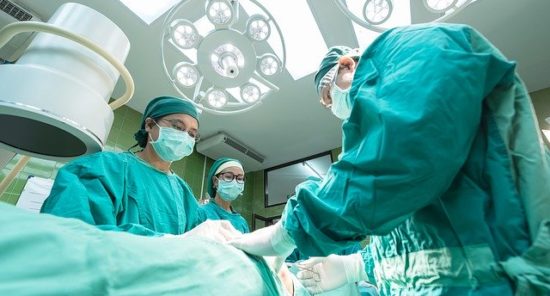Metabolic dysfunction-associated steatotic liver disease (MASLD), formerly NAFLD, encompasses a spectrum of conditions from steatosis to advanced MASH-fibrosis. Researchers face challenges in studying MASLD due to the absence of standardized preclinical models that accurately reflect human disease complexity. In response, this study analyzed 39 murine models, comparing their metabolic, histological, and transcriptomic characteristics with human MASLD. Using the Metabolic Human Proximity Score (MHPS), a ranking system was developed to evaluate the models based on metabolic relevance and their ability to induce MASH-fibrosis.
The study emphasized the importance of diet composition, noting that high cholesterol content and prolonged dietary challenges enhanced fibrosis development. Models like the GAN-C2 diet fed to C57BL6/NTac mice emerged as strong candidates for mimicking both metabolic and fibro-inflammatory disease traits. Although murine models aligned well with certain molecular pathways, they did not fully replicate human MASLD, especially in fibrosis prediction. Ultimately, the research offers a valuable framework for selecting murine models based on study needs, enhancing the relevance and translational potential of MASLD preclinical studies.
Reference: Vacca M, Kamzolas I, Harder LM, et al. An unbiased ranking of murine dietary models based on their proximity to human metabolic dysfunction-associated steatotic liver disease (MASLD). Nat Metab. 2024 Jun;6(6):1178-1196. doi: 10.1038/s42255-024-01043-6. Epub 2024 Jun 12. PMID: 38867022; PMCID: PMC11199145.









